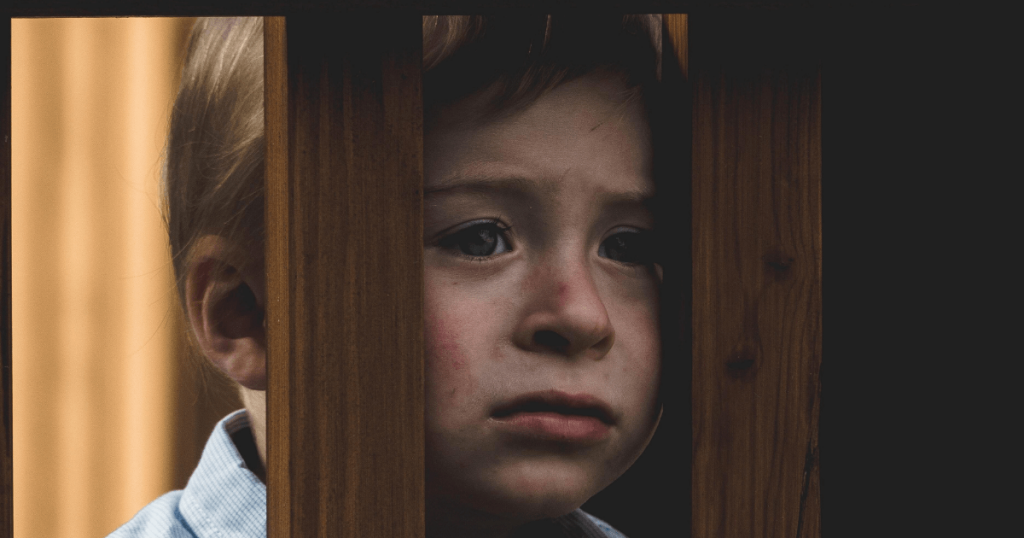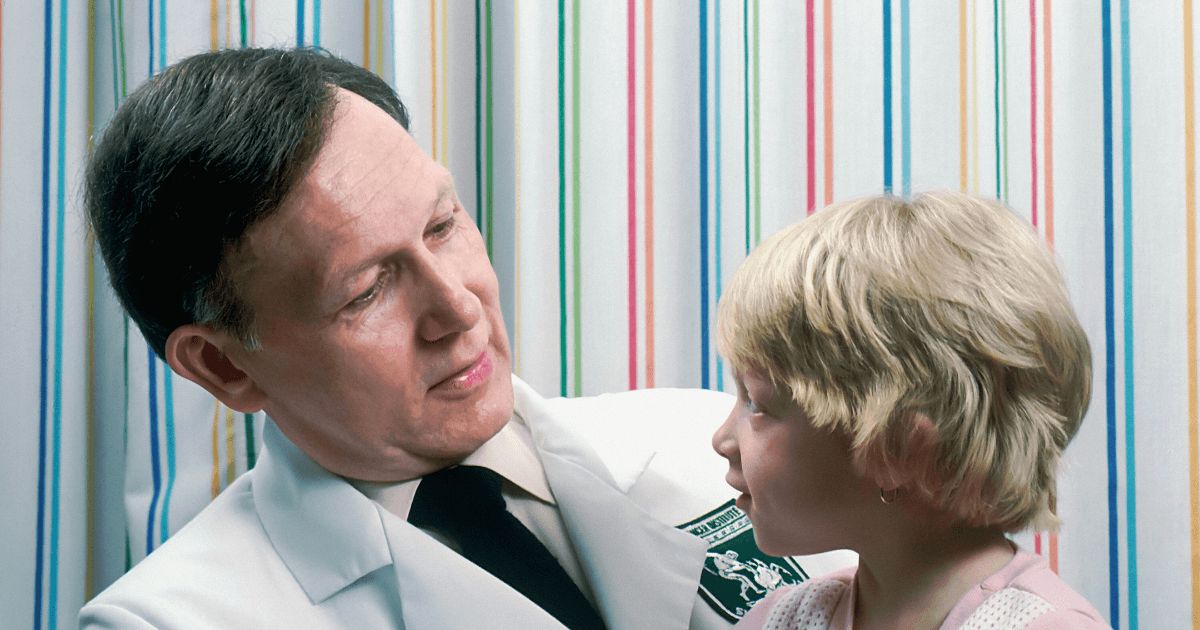The acute pain needs are met appropriately and it subsides around 3-4 weeks; however, the treatment of chronic pain will last for three months or more sometimes based on the effect on the nervous system of the child.
Pain is an uncomfortable physical, sensory and emotional sensation that is typically related to or explained in terms of tissue injury. Pain can make feeding, relaxing, and sleeping difficult. Pain can delay the recovery, if not well managed, by interfering with normal body functions. Pain can raise blood pressure, heart rate, and decrease the amount of oxygen in the blood, for instance. Pain perception is different in each child. Younger children express pain by crying and older children verbalize the pain perception. The treatment regimen depends on the type of pain whether it is pain due to injury, procedure related pain or surgical pain. The goal of pain management must be to make the child comfortable and feel better. The acute pain needs are met appropriately and it subsides around 3-4 weeks; however, the treatment of chronic pain will last for three months or more sometimes based on the effect on the nervous system of the child. Pain management among children is a challenging work for the nurses and health professionals. The most challenging task is learning to handle the children during pain. As it is one of the necessary parts of work of the health professionals to identify the pain and handle children during immunizations, painful procedures, surgical treatment and other necessary treatments.

How to know whether the child is in Pain?
During pain the child can behave differently than normal. In a certain way, he or she can weep, make faces, or shift his or her body. The child can also be very quiet and tend to have restricted movement of the area under pain because he or she is afraid to move or does not have enough energy to show the endurance that he or she has towards the pain. The capability of enduring the pain is different in all individuals, especially children. Among infants, a child’s cry sounds differ from the regular pattern. Also, changes in the temperament of a baby can be a tip-off. Crying that cannot be soothed with a bottle, diaper change, or cuddling, for instance, could signify pain. Often in pain may be a calm baby who becomes unusually fussy. Toddlers will most always clutch the part that hurts.
When a child takes pain medication, the child’s doctor will select the form and quantity of medication that is best for the pain and condition of the child.
How to know whether the child is in Pain?
Doctors and nurses will work together to find the right way to treat childhood pain, whether it’s through drugs, non-drug care, or both. When a child takes pain medication, the child’s doctor will select the form and quantity of medication that is best for the pain and condition of the child. It is important to realize that pain can be managed safely and efficiently and very few children develop pain medication addiction. Along with pharmacological treatment the use of non-pharmacological interventions need to be practiced among children. The pharmacological and non-pharmacological interventions combined together provides an improved quality care for the children in pain.
Composed by: “Edlin Glane Mathias is a Research scholar at Manipal College of Nursing, Manipal Academy of Higher Education, Manipal, Karnataka.Her area of research focus on pediatric pain management.”

